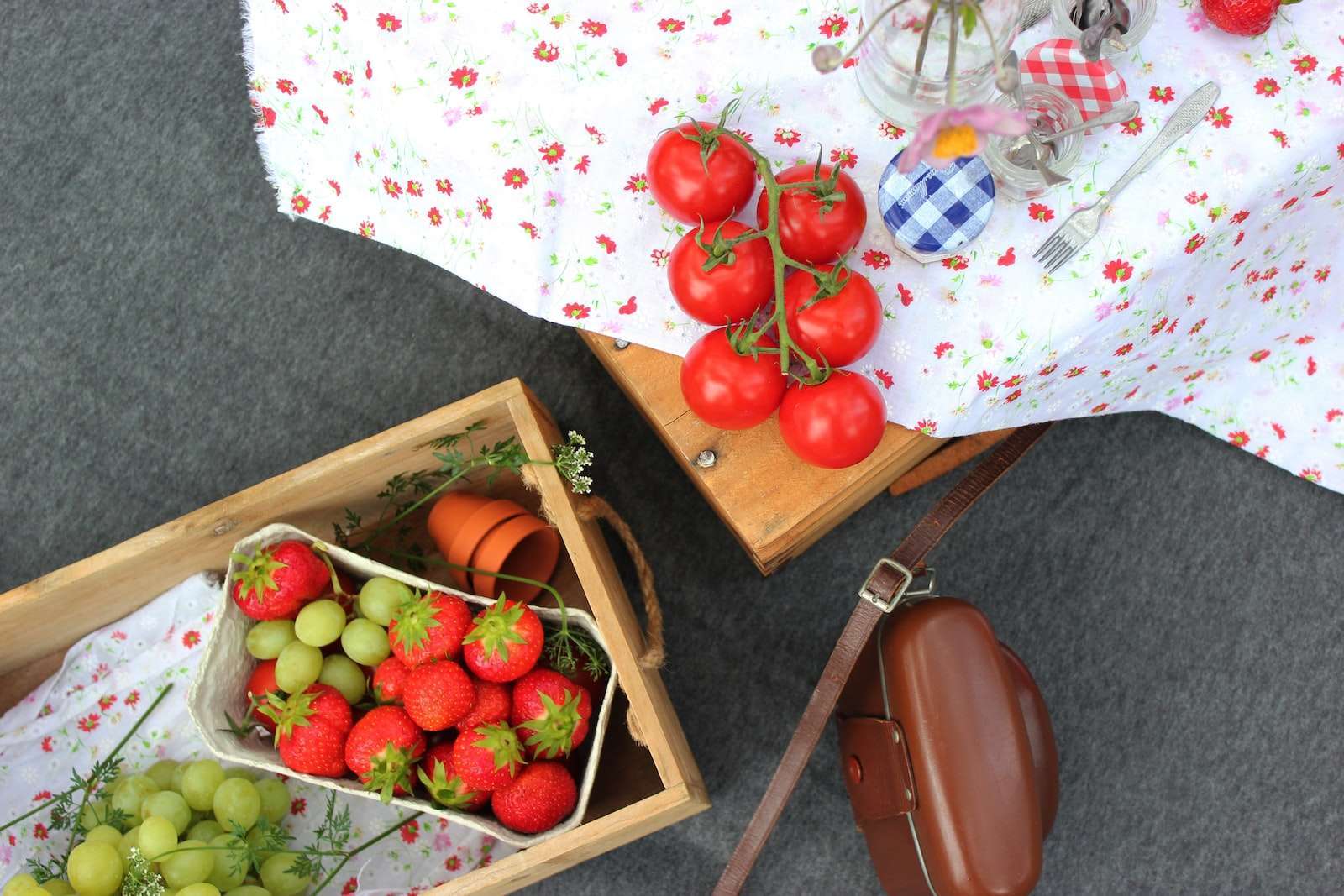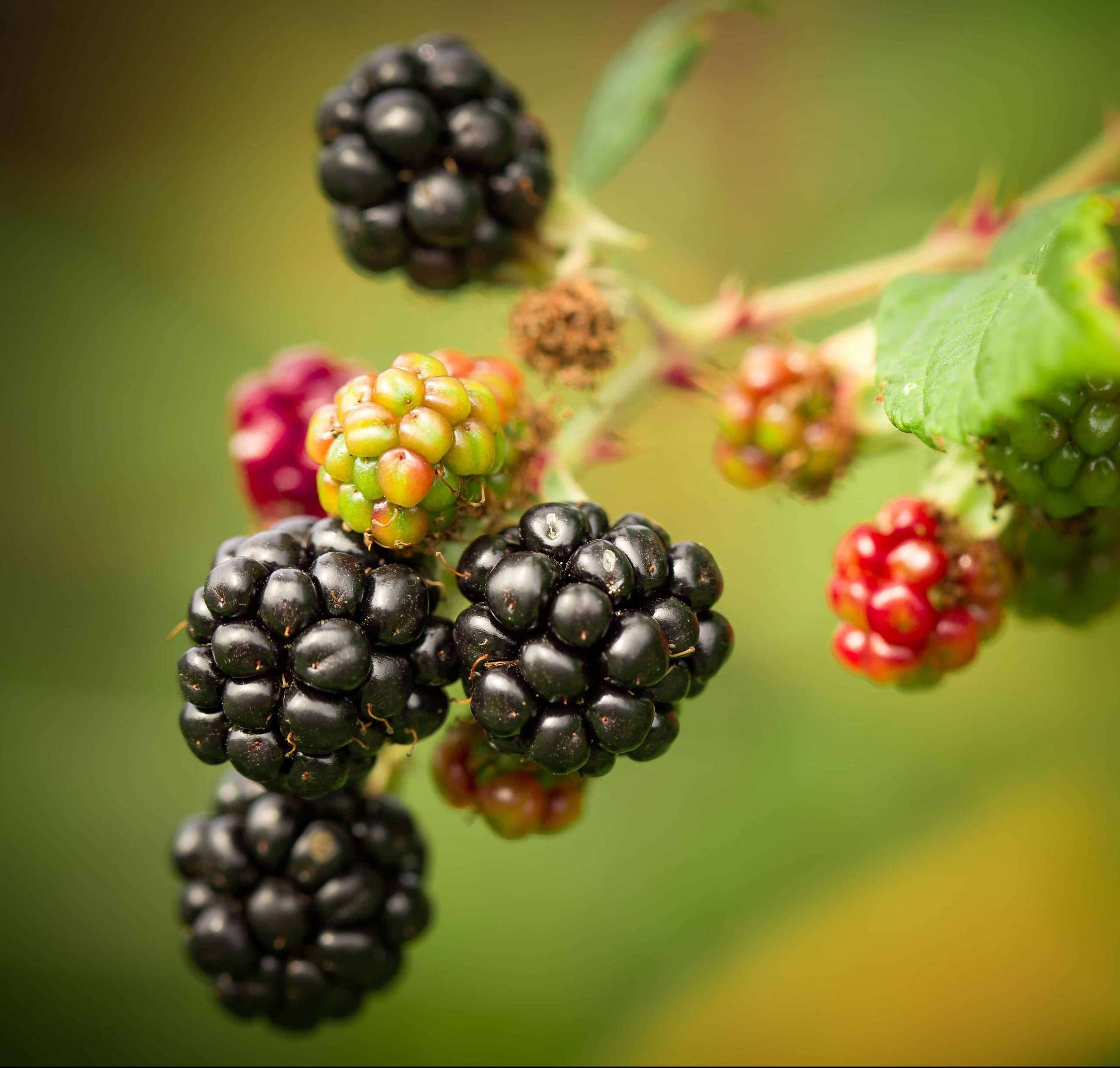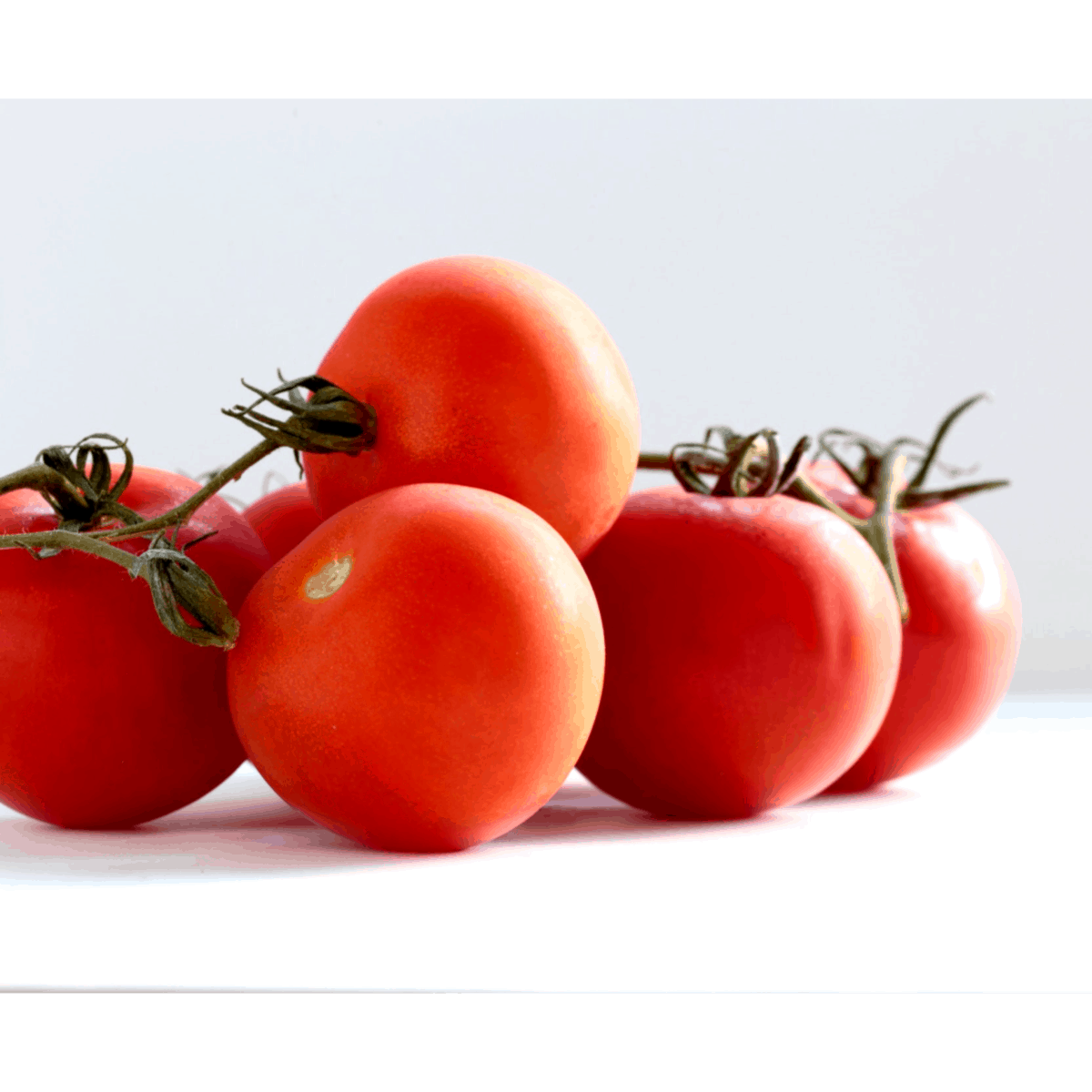5 Tips For Growing Your Own Fruit And Veg
Growing your own fruit and veg can be a rewarding experience. Not only will you get to enjoy fresh, delicious produce straight from your garden, but you’ll also save money on grocery bills and have the satisfaction of growing your own food. Follow these steps to get started with fruit and veg growing today!
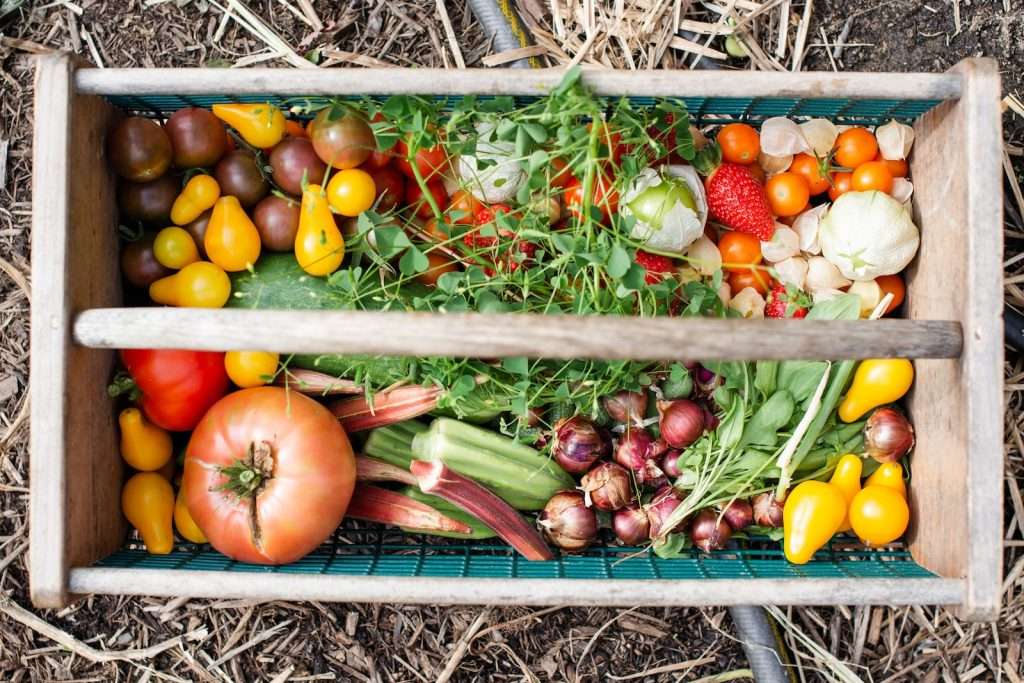
Decide What Kind Of Fruits And Vegetables You Want To Grow
Do you have a particular favorite fruit or vegetable that you would like to grow more of? Or, are you interested in trying out new varieties of produce? Once you’ve decided what to grow, do some research on the best methods for growing your own fruit and veg.
Prepare your garden space. Clear out any weeds and loosen up the soil to make sure it’s ready for planting. You can also add some fertilizer and compost to give your plants a good start. If you’re growing vegetables, consider adding a trellis or other support structure that will allow vines and tall plants to grow more easily.
Choose the right plants. When buying seedlings or starter plants, make sure to check for any signs of disease or damage. You should also take the time to read up on the best growing seasons and planting tips for each type of fruit or vegetable you’re going to grow. Learn more about whether to start plants from seeds or use seedlings.
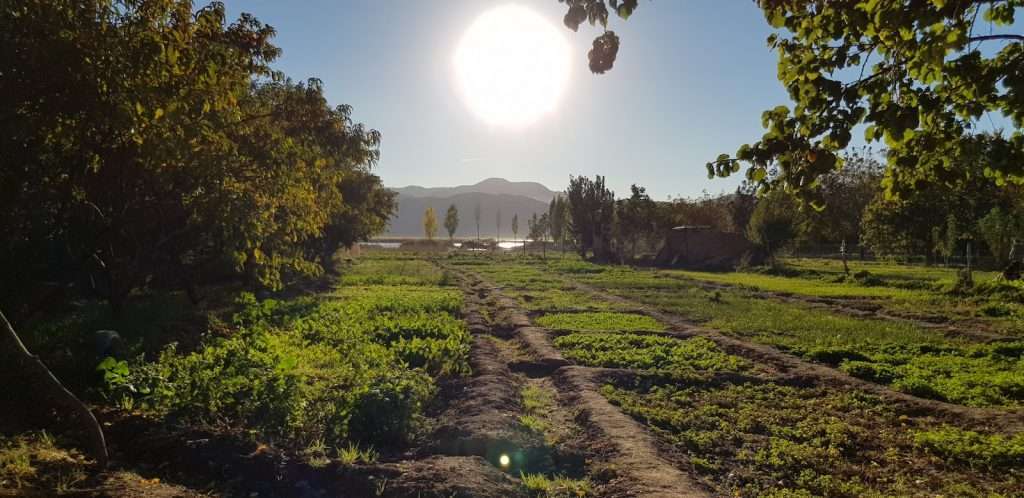
Choose A Sunny Spot In Your Backyard For The Garden
When choosing the perfect spot for your garden, make sure to pick a sunny area that gets at least 6-8 hours of direct sunlight each day. Sunlight is essential for healthy plant growth, so you want to ensure that your plants will be getting plenty of it. If possible, try to choose an area with some protection from harsh winds and extreme hot or cold temperatures.
If your garden is in a location that doesn’t get much direct sunlight, you can try setting up some trellises or other structures to provide additional support for your plants. Finally, be sure to keep an eye on the weather and take any necessary precautions to protect your plants from extreme temperatures.
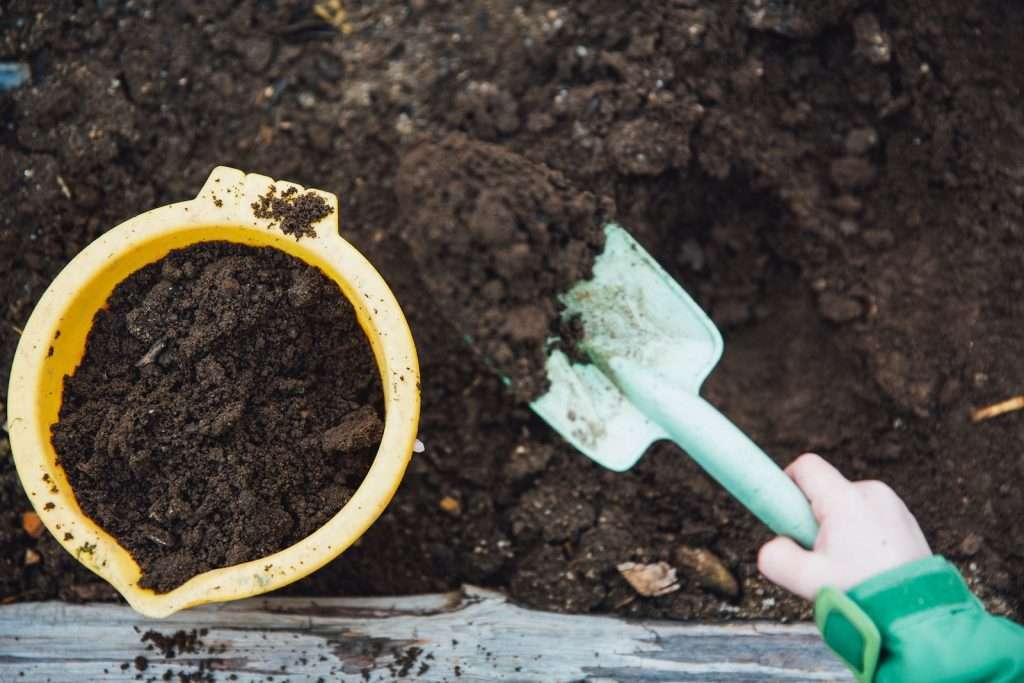
Prepare The Soil By Tilling It And Adding Compost Or Manure
Before planting, it’s important to prepare the soil in your garden. Use a tiller or spade fork to loosen up the soil and break up any large clumps of dirt. You can also add compost or manure to improve soil quality and provide additional nutrients for your plants.
If you use natural fertilizer such as chicken or turkey manure, be sure to only apply this to your garden spot in the fall and till it in well! Don’t do this in the spring or you could burn up your newly planted seeds or seedlings.
Be sure to mix the soil thoroughly and remove any debris or stones that could hinder plant growth. Once the soil is ready, you can start planting your seeds or seedlings and begin your journey of growing your own fruit and veg in your backyard!
Need more ideas? This is a great article about soil preparation.
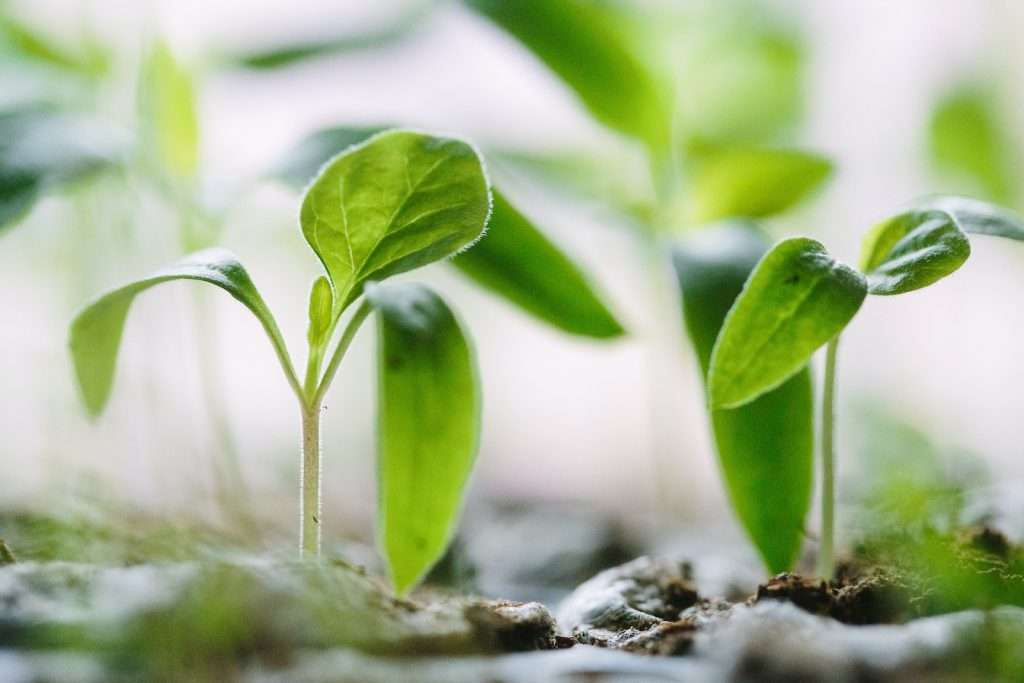
Plant The Seeds Or Seedlings According To The Instructions
Once you have your garden space prepared and your plants chosen, it’s time to start planting! Be sure to plant the seeds or seedlings according to the instructions on the package. If you’re not sure how deep to plant the seeds, a good rule of thumb is to plant them at a depth that is three times the size of the seed. When planting seedlings, be sure to dig a hole that is slightly larger than the roots and fill it with soil before placing the plant in the ground. Make sure to water your plants immediately after planting to give them a good start.
When your plants are in the ground, you’ll want to give them a little extra love. Make sure to water your plants regularly according to their needs, and consider adding some fertilizer to help them grow strong and healthy. Regularly check for any pests or diseases that might be affecting your plants, and take steps to address any problems you find. With a little care and attention, your plants will soon start bearing fruit or vegetables that you can enjoy!
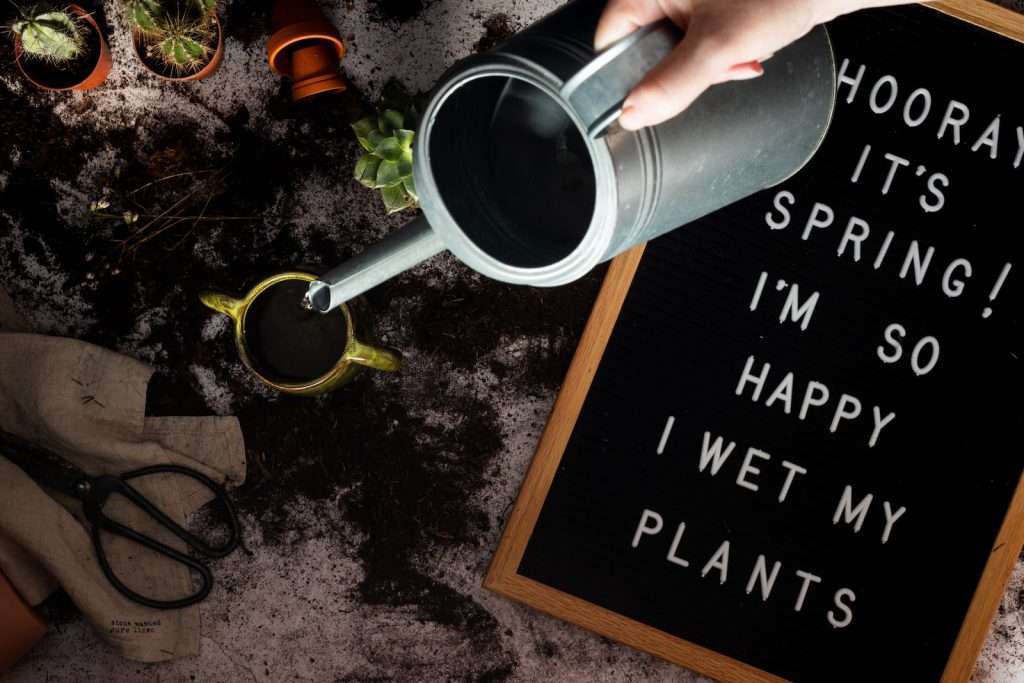
Water Regularly And Fertilize As Needed
To ensure healthy growth when growing your own fruit and veg, you need to water them regularly. How often you water will depend on the type of plants, weather conditions, and soil type. Make sure to check the soil before giving it any additional water – if it’s still moist from a previous watering session, skip that watering and wait until the soil is dry before adding more.
Also, use a gentle spray to avoid flooding the plants. If your plants are looking a bit sad or not growing as they should, consider giving them a bit of fertilizer to give them an extra boost of nutrients. Just make sure to read up on the right amount and type of fertilizer for each plant to avoid overfeeding them.
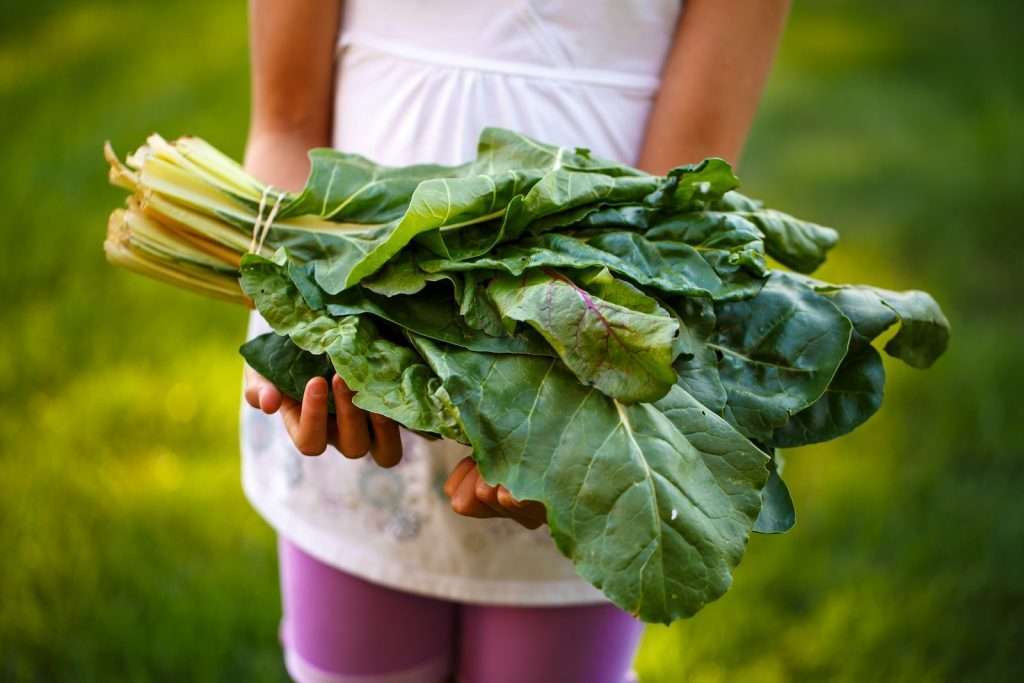
Harvest Your Crops When They’re Ripe
When your plants begin producing fruit or vegetables, it’s time to start harvesting! Make sure to check your plants regularly and pick any ripe produce as soon as possible. Make sure to use a sharp pair of scissors or a knife to cut the stem as close to the base of the plant as possible.
For most plants, this will be when the fruit or vegetable is at its peak of ripeness – usually when it is the size and color stated on the seed packet. If you are unsure, take a bite and see how it tastes – if it’s sweet and juicy, then it’s ready to be harvested!
Once you have your bounty, you can enjoy the delicious fruits or vegetables of your labor. If you have any extra produce, consider sharing it with friends and family or preserving it for later use.

Growing your own fruit and veggies at home is a rewarding experience that takes time and effort, but the results are worth it. With some patience and dedication, you can create a lush garden and enjoy the fruits of your labor for years to come! Happy growing!
Save for later on Pinterest!


